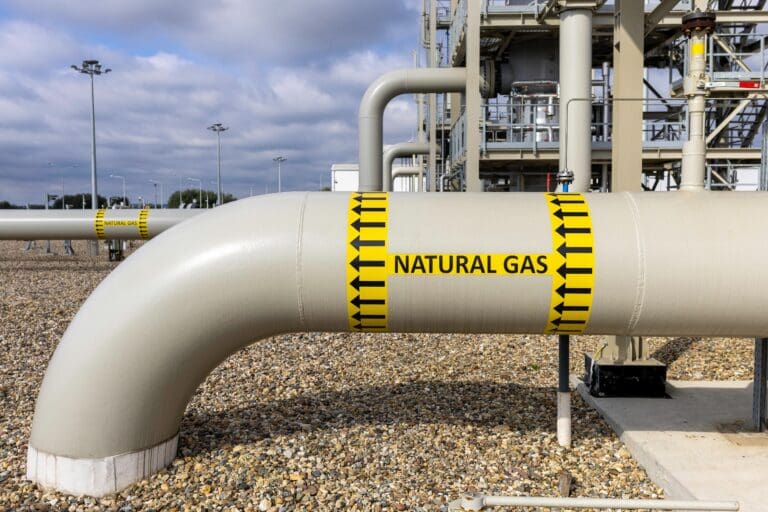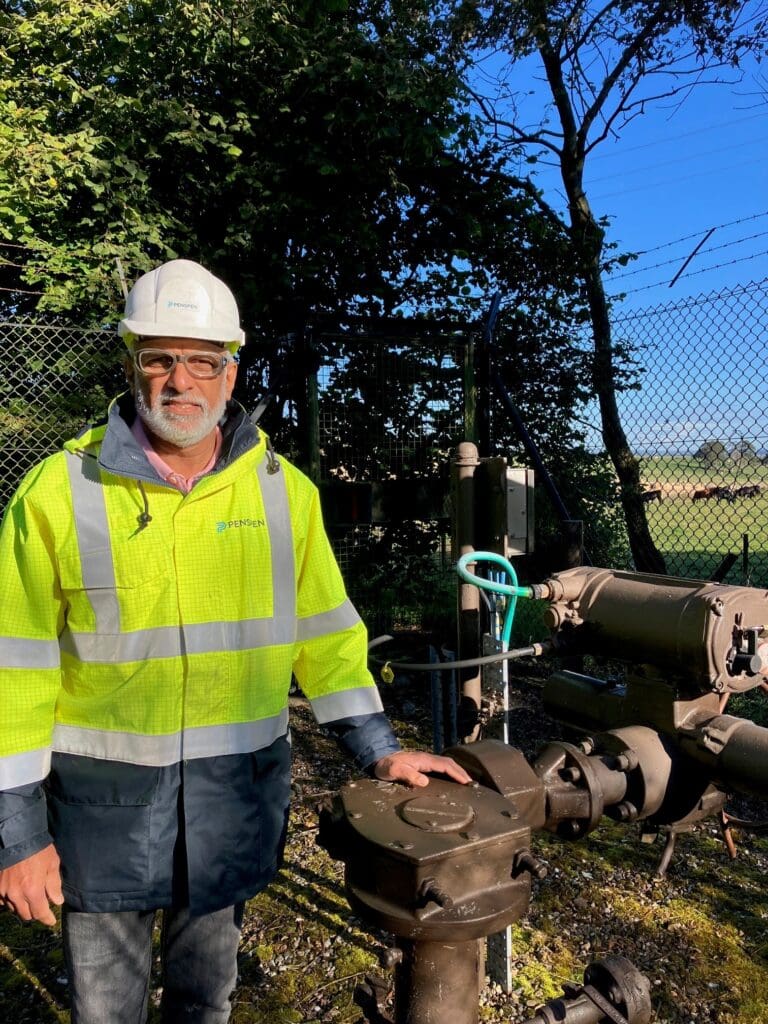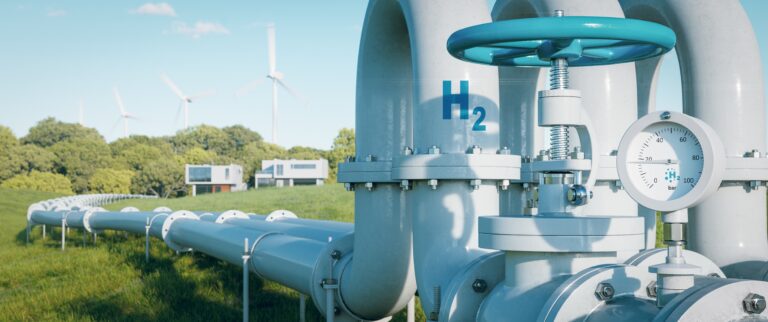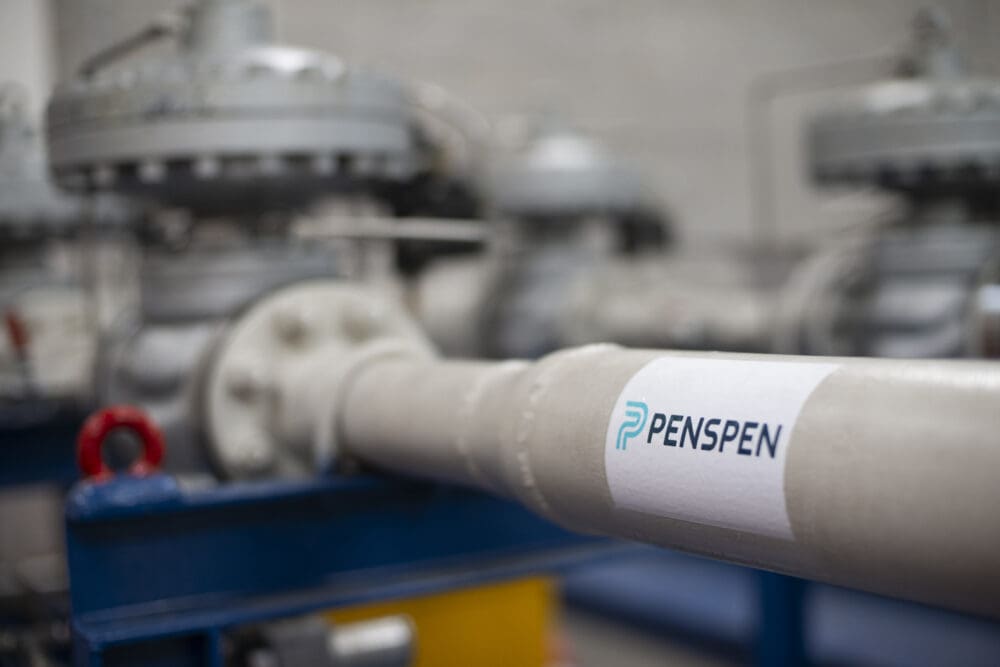Direct Air Capture (DAC) technology, coupled with geological Carbon Storage (DACS), has recently emerged as one of the main carbon dioxide removal options alongside bioenergy energy with carbon capture and storage (BECCS) and Nature Based Solutions (NBS). If deployed at scale, these removal solutions would result in ‘negative emissions’ – which would preclude the need for riskier options to abate emissions.
In a new Oxford Institute for Energy Studies Research Paper, Nigel Curson, Executive Vice Present of Technical Excellence, alongside other leading thinkers, outlines the technical, geographical, and political requirements of scaling Direct Air Capture (DAC) technology from its current megatonne level to the gigatonne scale needed to achieve net zero by 2050.
Download Research PaperRelated Insights

Pipeline Performance vs Dust
In the latest integrity issue of World Pipelines, Penspen Asset Integrity experts explore how dust impacts the integrity, reliability, and safety of gas transmission and distribution systems, and...

A New Landscape: Our People – Nick Molnar
Nick is a Senior Pipeline Integrity Engineer at Penspen. Since joining the team in November 2024 and relocating from Canada to Abu Dhabi, he’s been an integral part of Penspen’s Centre of...

Our People: Half a Century of Gas Maintenance
Three Penspen technicians - Alan, George, and Sean - have racked up more than 145 years' experience combined in the gas industry, so we caught up with them about what's changed in the decades they've...

Planning for Transporting Hydrogen in the Portuguese Gas Transmission System
How do you convert a national high-pressure gas network to hydrogen safely, efficiently, and in line with modern standards? Read our latest technical article in collaboration with REN-Gasodutos, S.A....




